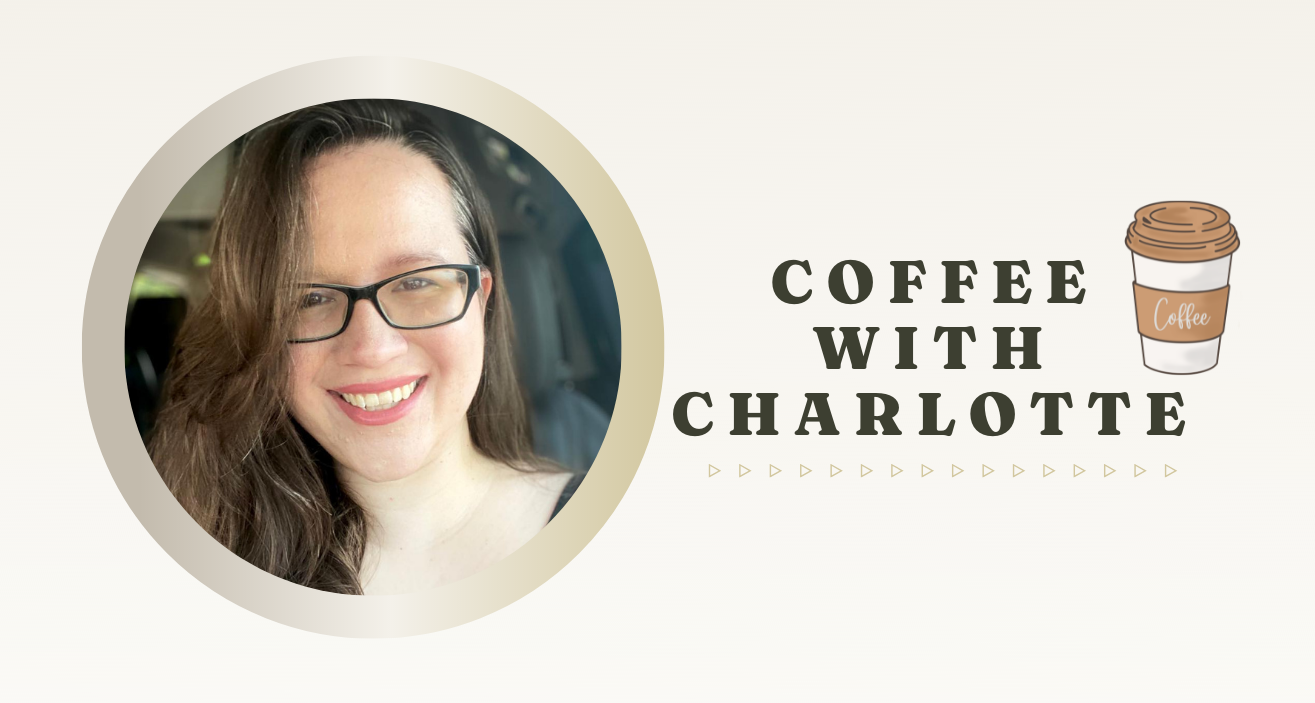What are Budgets?
Budgets are a helpful way to plan your finances. A lot of times, individuals and families spend more than they would like, but have trouble determining where their expense overages are. Budgets are useful tools to determine where your money is going and decide where you want it to go. By making and sticking to a budget, you can become in charge of your finances and make financial goals that benefit you, rather than living stressed out every month because you only have a few dollars left in your bank account. Here are some simple steps that show you how to make a monthly budget:
Write Down Your Monthly Income
Taking into account both your income and your spouses’ income, write down your total take-home pay (after taxes and any withholding has been taken out).
List Your Household Expenses
This includes your mortgage, electric, food, gas, car insurance, health insurance, cell phone, internet, student loans, cable, etc. Do not forget any expenses that are paid quarterly vs. monthly (such as your home owner’s association expense). Some of your expenses are fixed every month, and some are variable. For example, your rent/mortgage is a fixed expense (it stays the same every month); however, the cost for gas for your car might vary month to month. With that being said, please estimate variable expenses in your budget. One of the best things that you can do in creating a monthly budget, is to track your ACTUAL expenses each month. You should look at the past 3 month’s bank and credit card statements to see where you are actually spending your money and estimate your monthly spending using your previous spending as an indicator.
Do Your Expenses Exceed Your Income?
Uh oh! If your expenses exceed your income, you will need to cut back. If they do not – you are on the right track! Even if you do not spend more than you earn, this is not to say that you cannot cut back on household expenses to save more money or pay down your debt sooner.
Determine Your Target Spending for Each Category
On a sheet of paper, write down your actual expenses for your fixed monthly costs (mortgage/rent, car payments, internet, cable, student loan payments). Then, write down your actual expenses for your variable expenses (eating out, groceries, gas, gifts). For the most part, variable expenses are much easier to cut down on than fixed expenses (although, in many cases fixed expenses can be modified, too). Looking at your actual spending and taking into account your income, what are your target spending goals for each item? Write that down on the Targeted Expenses column (see example photo below).
Think about ways that you will be cutting costs in each category. Do you eat out a lot? Maybe you need to stop by the grocery store and have more easy-to-make meals on hand. Do you spend a lot in gas? Maybe plan your trips around a certain route, or carpool with a friend/spouse to work. There are little things you can do to cut your budget in the different areas, I will be going over them in future blog posts.
Create a Safety Net
Initially, you should set aside a small fund to “float” you if any unexpected costs come up. This fund should be enough to help you make it until your next paycheck, so you are not getting further into debt by racking up credit card debt OR borrowing money from loan sharks. Everybody is different in the amount they are comfortable with, but many people feel that a figure around $1,000 to $3,000 is a good amount to set aside as a safety net.
Pay Down Debt and Start Saving
After you set aside your money for your safety net, if you are in debt, any extra money that you save needs to go towards your debt. Make sure that you are paying the monthly minimum amount due for all your loans. Then, when paying down your debt, you should prioritize putting extra money on your loans with higher interest rates, such as credit cards. After you pay down your credit cards, then you pay your other loans off (student loans, mortgage, et cetera). Once a loan is paid off, you should put the money you were paying on the previous loan towards your next debt on the list. Once all of your debt is paid off, any extra money needs to go towards savings. You should build up your savings so you have money in case something (Heaven forbid) happens. Many financial planners say you should have three to six months’ worth of savings in the bank. The best place to have this money is in a savings / money market account, so you are earning interest on the funds, but it is still accessible to you.
Live Freely
From this point, the money you have saved can go towards saving for your retirement, and/or paying for big-ticket expenses that come up (car, college, house) in cash, or at least putting a large down payment down. Not all debt is bad; however it does limit you in what you are able to do in life. Additionally, debt can add up and the cost is not worth it. Lenders like to take on fees and interest, transforming a $10,000 loan to a $11,000 loan, before you have even needed to make a payment. Over the life of the loan, you could be paying $25,000 to borrow $10,000 (depending on the interest rate and the loan term).
I hope this helps you in creating your budget plan. If you have any questions regarding making your personal budget, please do not hesitate to reach out!
XOXO
Charlotte



